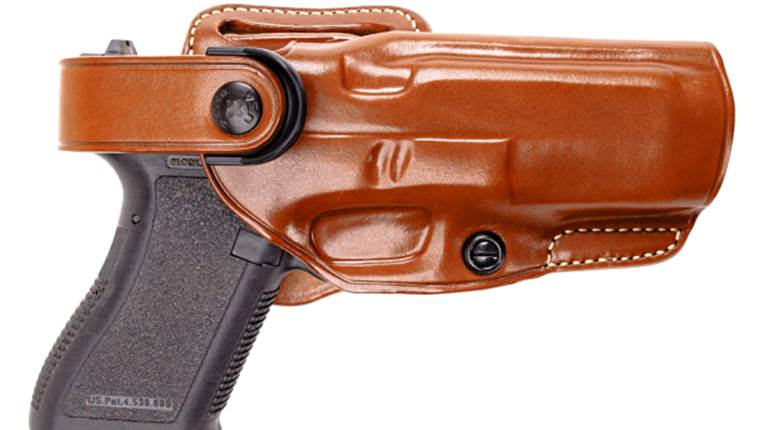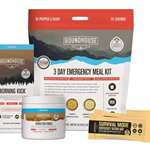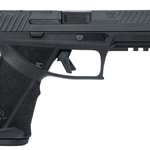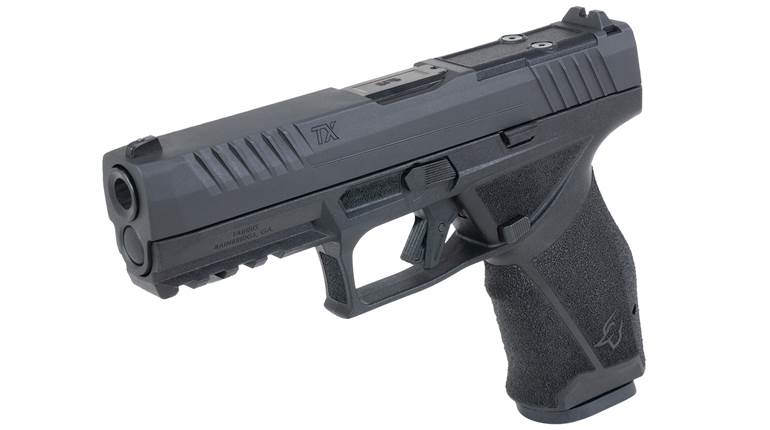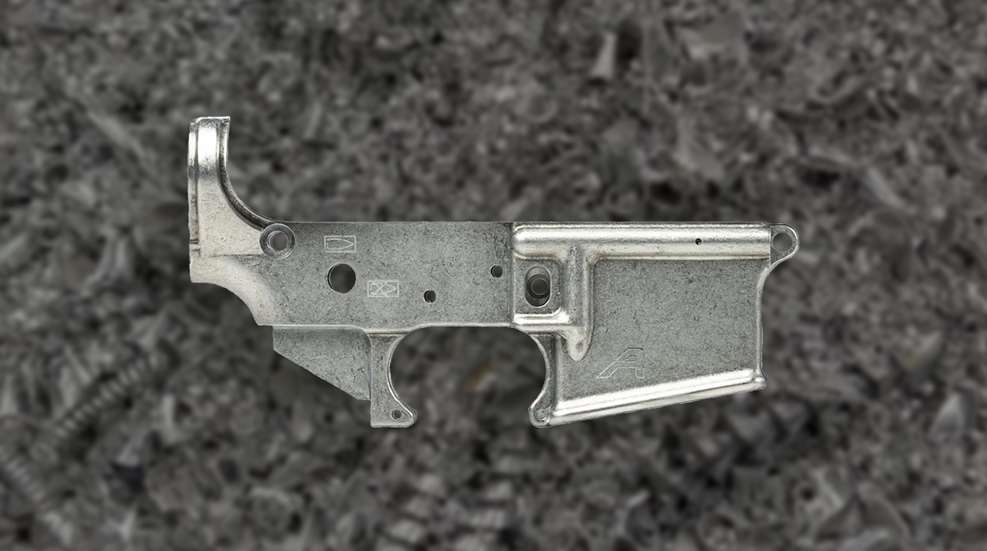
Aluminum has become the second most important metal in gunmaking after steel. An ever-increasing number of firearms, especially handguns and shotguns, utilize aluminum alloys for slides, frames, receivers and the like.
Alloys of aluminum have become popular for gunmaking as they offer a high strength-to-weight ratio. A part made of aluminum will be about 35 percent the weight of the same part made of steel. Aluminum alloys can also offer tensile strengths in excess of 80,000 p.s.i. This is nearly the same strength of some common carbon steels such as AISI/ SAE 1035 and 1045. However this is only about half the strength of the best steel alloys used in gun production such as AISI/SAE 4340 or 17-4 PH. While aluminum is tough and corrosion-resistant, it is not as hard nor as wear-resistant as steel. As a result, aluminum is unsuitable for barrels and rarely used for bolts, breechblocks, center-fire rifle receivers or pistol slides.
Aluminum is obtained from bauxite ore. The metal is extracted from the ore using an electrically powered smelting process similar to that used to produce iron. Like steel, aluminum is usually alloyed with other elements such as chromium, copper, magnesium, manganese, silicon, zinc, lithium and others.
Most types of aluminum are designated using a four-digit nomenclature system similar to that for steel. For aluminum alloys, the first digit signals the primary alloying element while modifications to the alloy are designated by the second digit. Other alloying elements are denoted by the third and fourth digits:
1 - - - at least 99.0 percent pure
2 - - - aluminum-copper alloy
3 - - - aluminum-manganese alloy
4 - - - aluminum-silicon alloy
5 - - - aluminum-magnesium alloy
6 - - - aluminum-magnesium-silicon alloy
7 - - - aluminum-zinc alloy.
Other numbers refer to aluminum alloys involving other elements. Additionally, as with steel, the properties of aluminum alloys can be enhanced by heat treatment or tempering. Each of the many methods used to heat-treat aluminum alloys is indicated by a suffix appended to the basic alloy number (e.g., 7075-T6).
High-strength applications, such as AR-15 upper and lower receivers as well as handgun and shotgun frames are made of any of several grades of “aircraft quality” aluminum having very high strength such as 6061 and 7075. The latter, an aluminum-zinc alloy, is popular for the manufacture of major gun components as it can be forged and heattreated to high levels of strength.
Like steel, aluminum comes from the mill in different forms. Depending upon the alloy, aluminum alloy components may be fabricated by casting, machining, forging or welding. However aluminum cannot be brazed or silver-soldered.
Regardless of type or heat treatment method, aluminum alloys cannot be made as hard as heat-treated alloy steel. The surface hardness of aluminum parts can be raised significantly by hard anodizing















